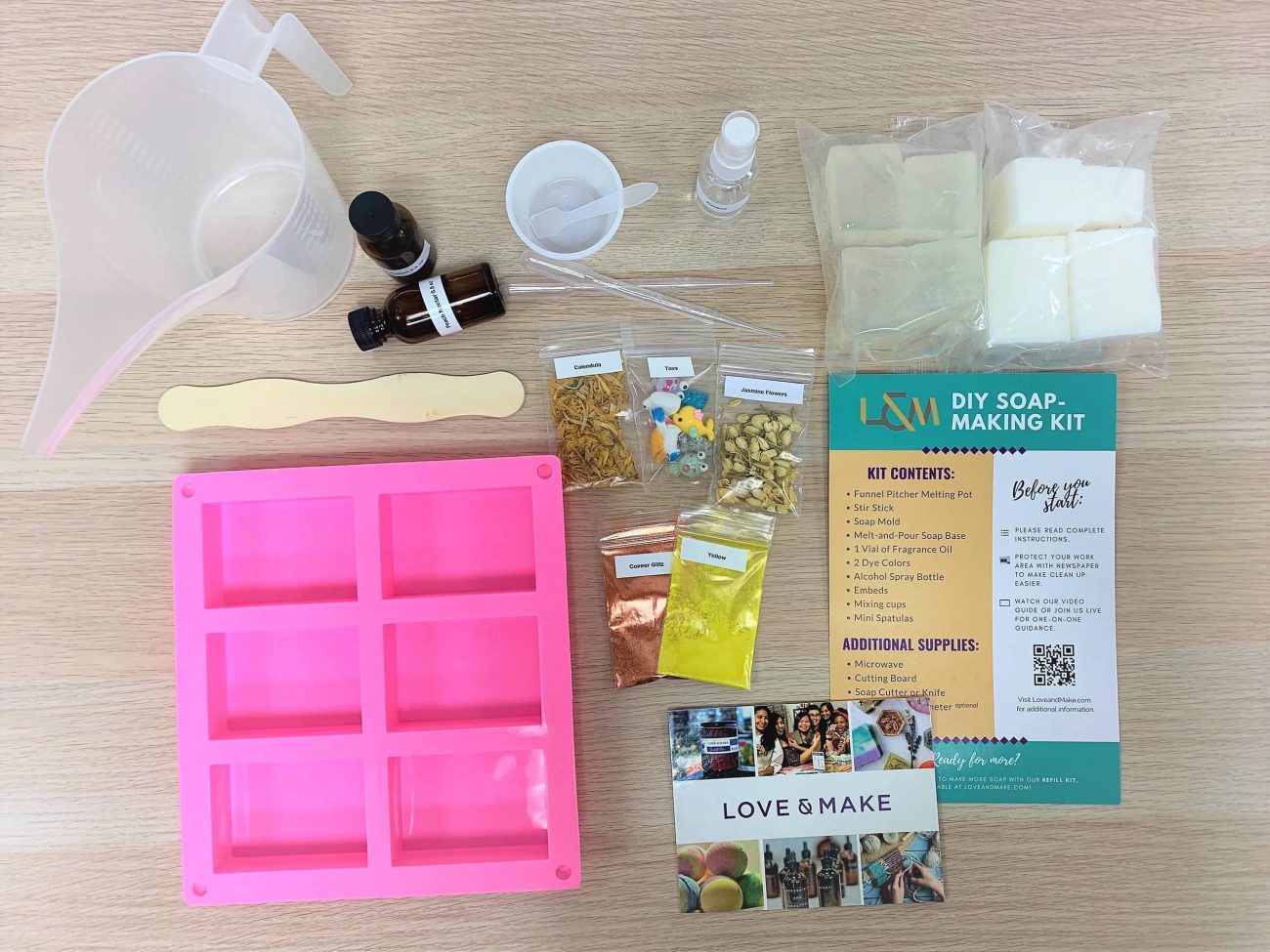Creating your own soap can feel like alchemy—transforming simple oils, butters, fragrances into something sumptuous unique. Whether you’re drawn the creative thrill or the prospect of turning a hob into a small business, selecting the right tools is crucial. Let’s explore what makes a soap-making kit st out what you need to know before embarking on this aromatic adventure.
What Supplies Do I Need for Soap-Making?
Before diving in, assemble a reliable toolkit. At a minimum, you’ll require:
- Oils Butters: Olive oil, coconut oil, shea butter form the soap’s foundation.
- Lye (Sodium Hydroxide): Essential for the chemical reaction that transforms oils into soap. Hle with care.
- Fragrances Essential Oils: From lavender to lemongrass, these infuse character.
- Colorants: Natural clays, herbs, mica powders can enliven your bars.
- Molds: Silicone molds make it easy to achieve intricate shapes.
- Safety Gear: Gloves, goggles, a sturdy work surface prevent accidents.
These items allow both novices seasoned crafters to experiment safely creatively.
Is Making Soap Profitable?
The short answer is yes—if approached strategically. Hmade soaps can comm premium prices, especially when you focus on organic ingredients, attractive packaging, or niche scents. Artisanal soap enthusiasts are willing to pay for quality, aesthetic appeal, ethical sourcing. Profitability grows when you combine unique formulations with clever bring, social media presence, seasonal collections.
How Do I Start Making My Own Soap?
Begin with small batches. The cold process method—where oils lye combine at a controlled temperature—offers the most flexibility customization. Start researching recipes online, then mix ingredients slowly, carefully monitoring temperatures. Once poured into molds, allow your creations to cure for several weeks. This patience rewards you with soap that is firm, creamy, long-lasting.
What Are the Best Fragrances for Soap Making?
Selecting scents is an art in itself. Popular options include:
- Floral: Lavender, rose, jasmine bring a gentle, soothing aroma.
- Citrus: Lemon, orange, bergamot add a bright, refreshing lift.
- Herbal: Eucalyptus, peppermint, rosemary evoke crisp, clean vibes.
- Sweet: Vanilla, cocoa, honey provide warmth richness.
Pairing essential oils carefully ensures a balanced fragrance that delights the senses without overpowering.
What Is Cold Process for Soap Making?
Cold process is the technique of combining oils lye without external heat. This method allows for complete control over ingredients, textures, fragrances. After mixing, the soap is poured into molds left to saponify over several weeks. The result is a dense, long-lasting bar with vibrant colors rich scents, perfect for gifting or retailing.
Choosing the Best Organic Soap Making Kit
When selecting a kit, prioritize quality ingredients, detailed instructions, safe hling materials. Organic kits often include pre-measured oils natural colorants, streamlining the process for beginners. Some kits even incorporate eco-friendly molds biodegradable packaging, appealing to conscious crafters environmentally aware consumers alike.
For those embarking on this journey, a well-curated soap making kit can turn a curious experiment into a rewarding, aromatic craft. It provides both the tools inspiration to explore endless combinations, allowing you to refine techniques develop a personal style.
